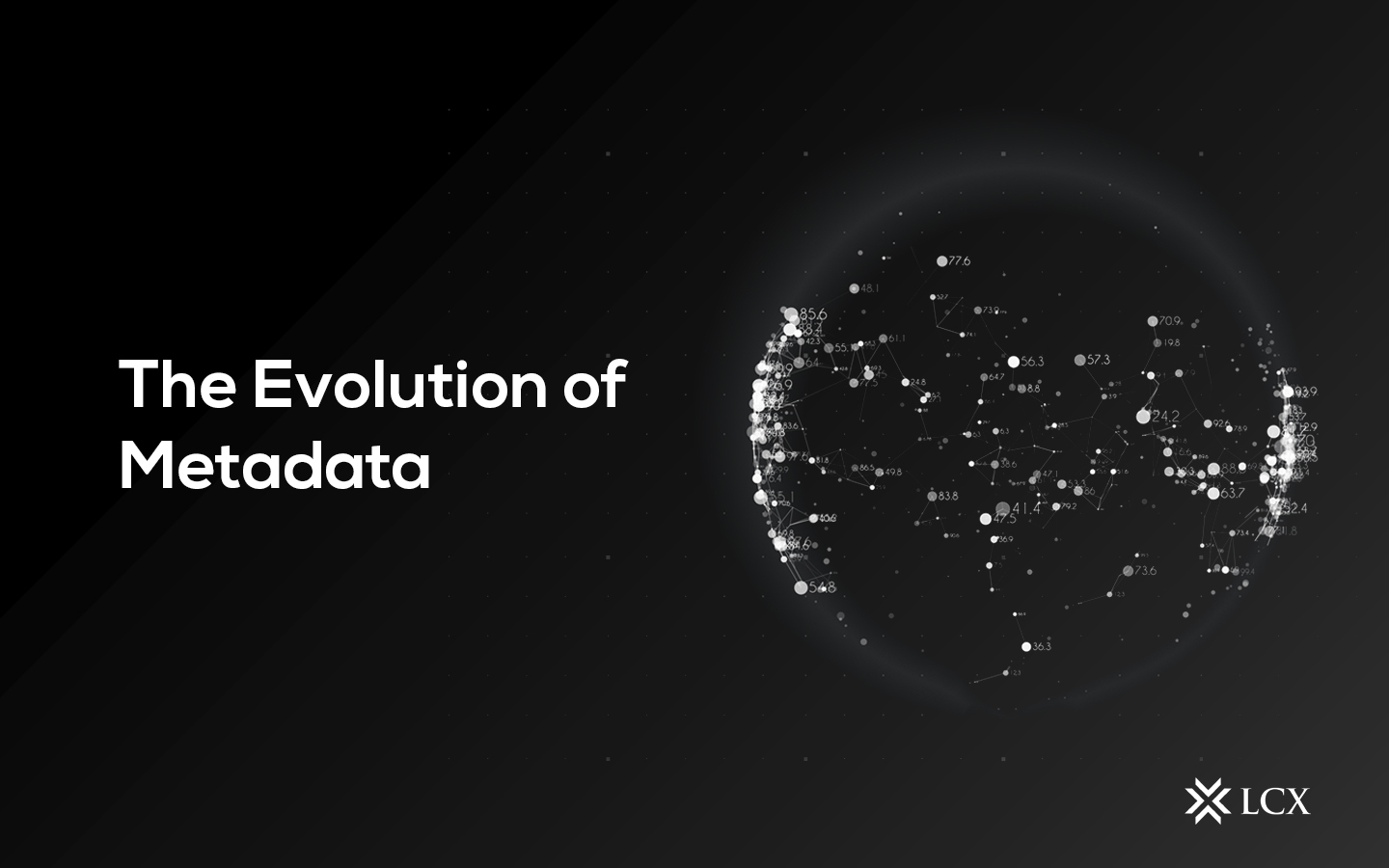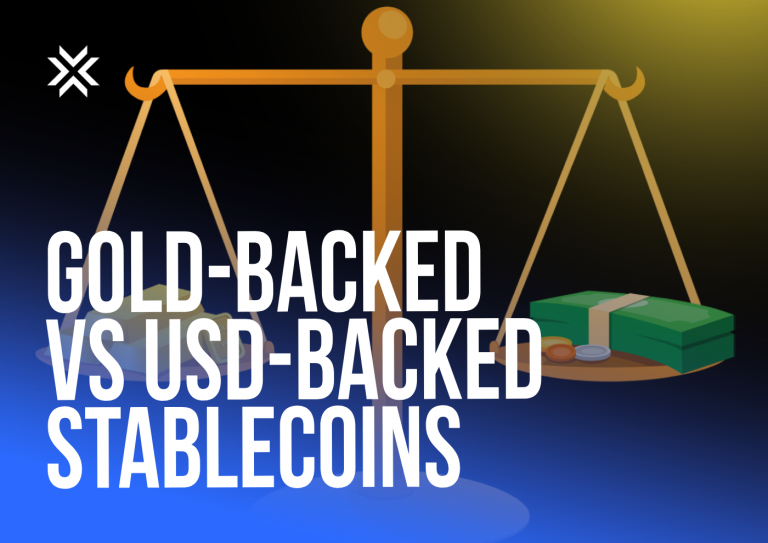Metadata is data regarding data. Data is the direct details subject to analysis from regulatory & Metadata is synopsis information regarding the novel data (which is not subject to regulation).
Each time a person takes 2 points of information and concludes an outcome depending on those 2 points, that result classifies as meta-data.
Crypto Metadata
The most wonder-properties of cryptocurrencies is that it is open. The Distributed ledger technology over which crypto assets are created (Blockchain) is transparent; this means that it permits every activity carried out on-chain to be audited at a highly granular level. Cryptocurrency is rich with data, from volume to open & close price to emission schedules, to on-chain account balances, and beyond, because of its global financial existence.
How NFT Metadata works
A container for digital certification of objects is NFTs that represent the metaverse or physical world. But how does Metadata really work? Where is it stored?
NFTs are recently one of the most popularly discussed topics in the Blockchain and cryptocurrency space. The use cases and usefulness resulting from this execution of Smart Contracts enable interactions with various areas in daily life. Behind each token, there is the theory of Metadata, which determines the multimedia content of which the token is a certifier & container. Hence, how does Metadata work? What is the standard that specifies them?
The Metadata of an NFT, either developed as per the ERC721 or ERC1155 standard, is typically saved in the IPFS (InterPlanetary File System), a peer-to-peer protocol for storing multimedia files. The IPFS is a distributed file storage system that is ideal for storing NFT metadata. It assures long-term data flexibility and security. This Metadata is pinned to the protocol and reverted to the Smart Contract as a hash.
A similar URL is determined on the web as a JSON object with a precise framework and features. With the purpose of integration with the most popular marketplaces, like Opensea and Rarible, it has to have accurate fields to depict the content in the right way. The least and essential data that determines an NFT are:
“name”,
“description” and
“Image”.
Additionally, it is feasible to determine an “external_url” to be utilized as a reference to the “attributes” and external sites, i.e., the attributes that determine the peculiarities like level, rarity, etc.
The multimedia file can certainly have every sort of extension, from .jpg or .png, up to .mp3, .mp4, .pdf, and so forth. Preferably, the NFT files and characteristics can be saved in cloud storage or a personal server.
One more thing to remember is that in case your NFT link dies and you have not stored it on IPFS, you will lose access to the data included inside the digital file. This loss is the equivalent of a piece of art disincorporated in front of your eyes. The IPFS system enables a user to ensure their NFT Metadata’s perseverance. The IPFS’s timelessness amalgamated with providers’ redundant storage and accessibility options make for a robust system that ensures the user’s NFT remains safe.
Meaning of freezing NFT Metadata?
NFT Metadata determines the properties of a piece. They contain the image, video, a name connected with it, properties, stats, and description.
At the time of the minting of NFTs, the Metadata and other connected files are saved on the IPFS. With IPFS, we have a decentralized, transparent, and secure way to host the Metadata of digital assets. When the Metadata is hosted on the IPFS, there is a choice to keep it frozen/unfrozen.
The meaning of freezing the NFT data is permanently locking it up on the IPFS. The features of the NFT will permanently be locked and stored on the file storage system and cannot be edited or eradicated.
There are some situations when it’s ideal to leave the Metadata unfrozen as per the NFTs use case. For example: if an NFT is working as a functional game piece, the Metadata must be left unfrozen to display the dynamic capabilities and statistics of the NFT.
Thus, new properties to the NFT metadata can be unlocked as progress while playing the game. This is a method to encourage buyers to play more and build a unique and new NFT character.
So that is all about Metadata, and down the road, we might find that in the NFT space, the new leaders similarly find new ways to reuse, combine and contextualize the metadata present within the NFT ecosystem.









